#Building facade
Explore tagged Tumblr posts
Text

Open Door - Gerard Huysman, 1999.
Dutch, b. 1953 -
Oil on panel , 19 x 19 cm.
104 notes
·
View notes
Text
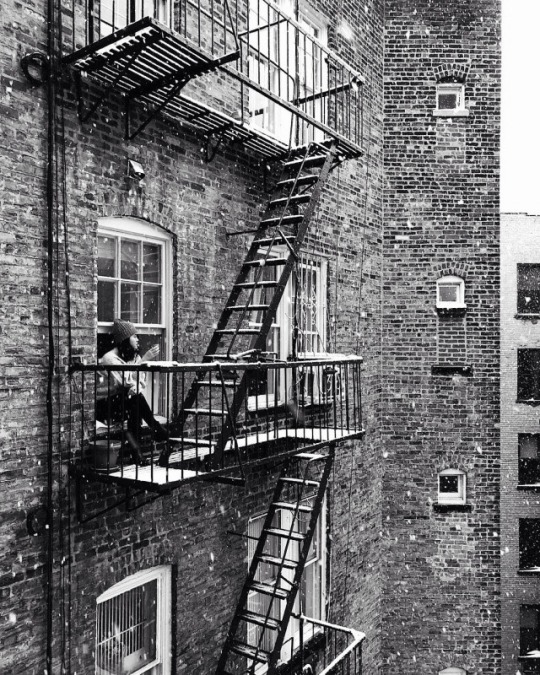
66 notes
·
View notes
Text

#goth#photography#ravenswave#dark#dark aesthetic#gothcore#gothic#goth aesthetic#alternative goth#dark gothic#gothic aesthetic#black and white#urban#building facade#architecture#smoking#shadows#light
18 notes
·
View notes
Text
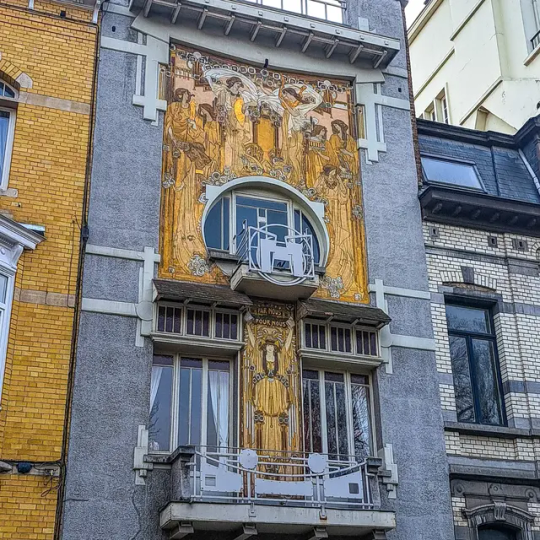

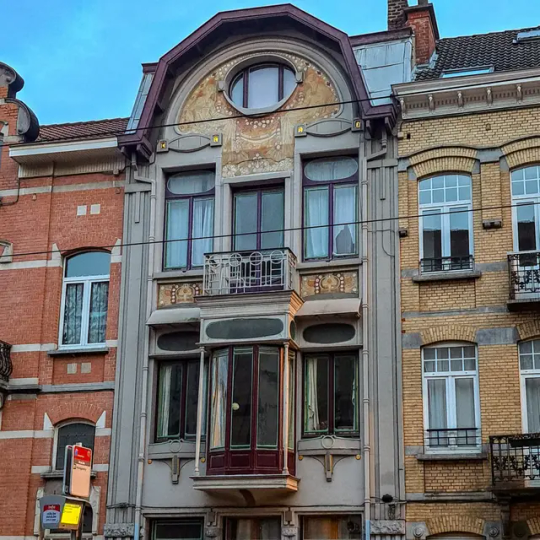
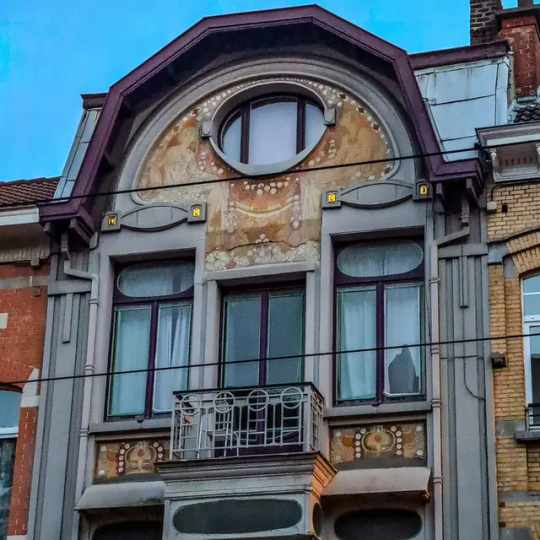
2 houses located in Etterbeek, in the Brussels Capital region, designed by Paul Cauchie. The first is his personal home, secondly a house he build as rental property.
While still a student, Paul Cauchie founded his own company in 1896, specializing in decoration. He revived the sgraffiti technique, which he had learned from Henri Baes. Cauchie also took part in many exhibitions and competitions and was awarded several awards, including the Prix Donnay. In January 1899 he made a study trip to Paris. He wanted to travel even further, but because his business was so successful, he returned. In 1901 the Cauchie family moved from Ter Hulpen to Schaarbeek.
In 1905 Cauchie married Caroline Voet (1875 - 1969), called Lina. She went on to play an important role in the decoration company. They also immediately built a house. Cauchie designed it himself at Frankenstraat 5 in Etterbeek. The house, now called Cauchie House, was built in the Art Nouveau style, but was also inspired by the architectural style of Charles Mackintosh, with the influence of Japonism. The facade is almost completely covered in sgraffiti. Cauchie's wife decorated the interior together with her husband.
Cauchie's company received a lot of orders, so he had to hire employees. In 1913 he expanded further and founded the SA Comptoir de Matériaux de Construction, with headquarters in Dinant. A company brochure from 1914 mentions thousands (!!!) of finished sgraffiti. Although sgraffiti were his most important trade mark in that period, he also designed stained glass windows (including for Villa Dageraad in Eeklo), ceiling paintings and furniture. His work (especially sgraffiti, both for outdoor decoration and in the interior) can be found in many places in Belgium.
His second design as an architect was a house on his property at Jachtlaan 141 in Etterbeek. Cauchie designed this house in 1910 and rented it out. This house has been protected since 1995.
#europe#architecture#historic buildings#historical#architectural history#belgium#history#art history#brussels#brussel#bruxelles#bruselas#art nouveau#artnouveau#jugendstil#stile liberty#modernismo#sgraffito#houses#old house#house#facade#building facade#decoration#europa#buildings#city photography#traditional architecture#japonism#beautiful
9 notes
·
View notes
Text
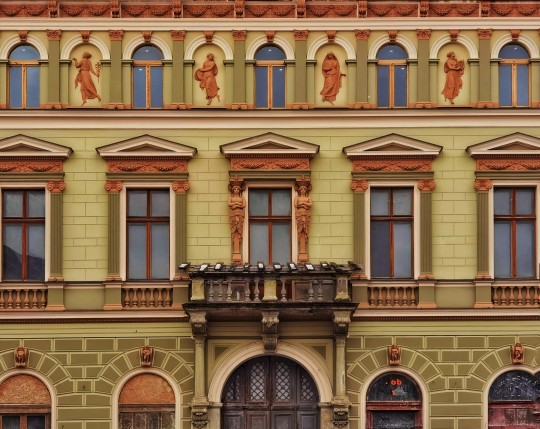

Brașov part II - the facades
#romanisme#romania#brasov#travel photography#visit romania#building facade#architecture#colourful#street photography
34 notes
·
View notes
Text

#male nudity#male nude#nude man#male art#male physique#photo#photography#mono#Ariel Jacobsen#Jair#outside#building facade
16 notes
·
View notes
Text

CASA JAUME FORN - BARCELONA, ESPAÑA
#beautiful building#building facade#casa jaume forn#jaume forn house#barcelona spain#barcelona españa#europe#europa
64 notes
·
View notes
Text

10 notes
·
View notes
Text

Artist Lights Up Building Façade With Mural of a Girl With Candles
In Sheffield, England, there is a new mural brightening up a certain building façade with its thoughtful atmosphere. UK-based artist Elle Koziupa worked in collaboration with Global Street Art to produce this large-scale painting of a young woman sitting before a group of candles.


#elle koziupa#artist#art#street artist#street art#mural#building facade#sheffield#england#uk-based artist#global street art
4 notes
·
View notes
Text

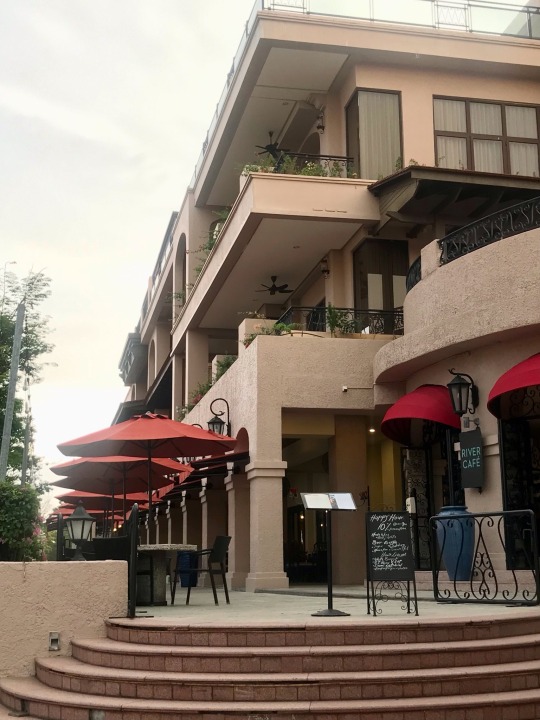

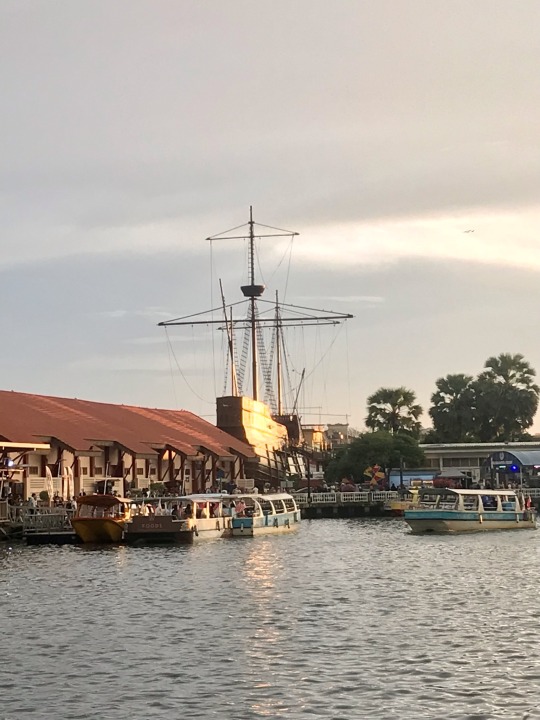
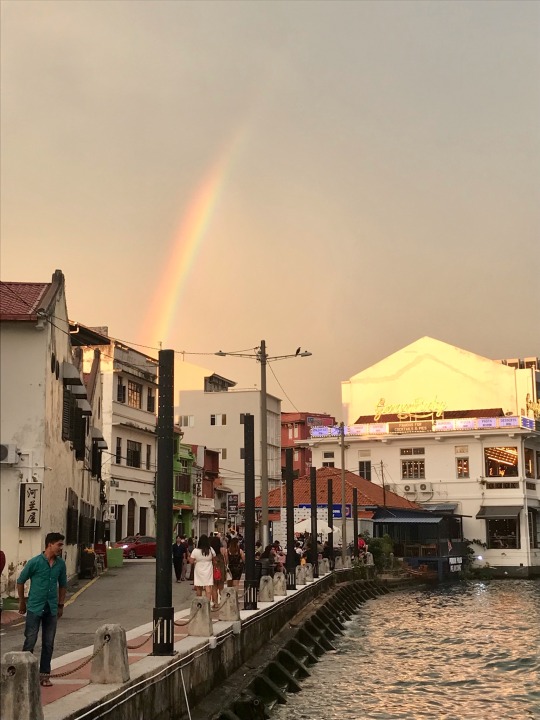

#Melaka#Malacca#malaysia#building facade#colonial building#facade design#waterways#Malacca canal#Mamee noodle
4 notes
·
View notes
Text
Enhancing Architectural Beauty with Eurobond ACP Facades

The façade of a building plays a crucial role in its overall aesthetics and functionality. It is the face of the structure and the first thing people notice. One of the materials that have gained popularity in recent years for building facades is Eurobond Aluminum Composite Panels (ACPs). Eurobond ACPs are known for their versatility, durability, and aesthetic appeal, making them a favored choice for architects, builders, and designers worldwide. In this article, we will explore the advantages of using Eurobond ACPs for building facades and how they contribute to enhancing the architectural beauty of structures.
What is Eurobond ACP?
Eurobond ACP is a sandwich panel consisting of two aluminum sheets bonded to a core material. The core material can be made of a variety of substances, including polyethylene, polyurethane, or mineral-filled core. The aluminum sheets protect the core material from environmental factors and provide a visually appealing surface for the facade.
Advantages of Eurobond ACP Facades
Aesthetic Versatility: Eurobond ACPs offer an extensive range of colors, textures, and finishes, providing architects and designers with the creative freedom to bring their visions to life. Whether you are aiming for a sleek modern look or a traditional aesthetic, Eurobond ACPs can be customized to meet your design goals.
Durability: The use of aluminum as the outer surface makes Eurobond ACPs highly resistant to corrosion, fading, and wear and tear. This durability ensures that your building facade will maintain its attractive appearance for years, reducing maintenance costs and efforts.
Lightweight: Eurobond ACPs are remarkably lightweight, making them easy to handle during installation. This can result in reduced installation time and cost, as well as decreased structural load on the building.
Weather Resistance: Eurobond ACPs are engineered to withstand various weather conditions. They are not only water-resistant but also resistant to UV rays and extreme temperatures. This means that the façade will remain intact and retain its beauty even in harsh weather conditions.
Energy Efficiency: The core materials in Eurobond ACPs can be chosen for their insulating properties, which can improve the building's energy efficiency. This thermal insulation can help in reducing heating and cooling costs, making it a sustainable choice for building envelopes.
Fire Safety: Eurobond ACPs are available with fire-resistant core options, making them suitable for applications where fire safety is a primary concern. This adds an extra layer of protection to the building and its occupants.
Applications of Eurobond ACP Facades
Commercial Buildings: Eurobond ACP facades are commonly used in commercial buildings such as offices, retail outlets, and malls. The attractive and versatile design options help businesses create a welcoming and eye-catching storefront.
Residential Buildings: Many modern residential buildings feature Eurobond ACP facades to give them a contemporary look and feel. The durability and low maintenance of these facades make them ideal for homes.
Institutional Buildings: Schools, hospitals, and other institutional buildings benefit from the durability and safety features of Eurobond ACP facades.
Hospitality Industry: Hotels and restaurants can use Eurobond ACPs to create a stylish and inviting appearance, attracting guests and customers.
Conclusion
Eurobond Aluminum Composite Panels have revolutionized the world of architectural design by providing an array of benefits for building facades. From their aesthetic versatility to their durability and energy efficiency, Eurobond ACPs are a popular choice among architects and builders. They not only enhance the architectural beauty of a structure but also offer a cost-effective and sustainable solution. When it comes to creating striking and long-lasting building facades, Eurobond ACPs have become an essential choice for the modern architect.
#eurobond acp#acp sheet#eurobond acp panels#aluminium composite panels#building materials#Building facade#eurobondacp for building facade
2 notes
·
View notes
Text

21 notes
·
View notes
Text





Experience the brilliance of Jumma Mosque, Dubai, with our expertly designed facade lighting. Our dynamic, energy-efficient lights enhance its architectural beauty, creating a breathtaking nighttime glow.
0 notes
Text

2025 Essential Factors to Consider When Choosing Building Facade Material
The building facade is more than just an outer layer of the structure; it’s the defining element of its identity, functionality, and sustainability. As architectural trends continue to evolve and new construction technologies emerge, there are a plethora of facade materials to choose from.
0 notes
Text
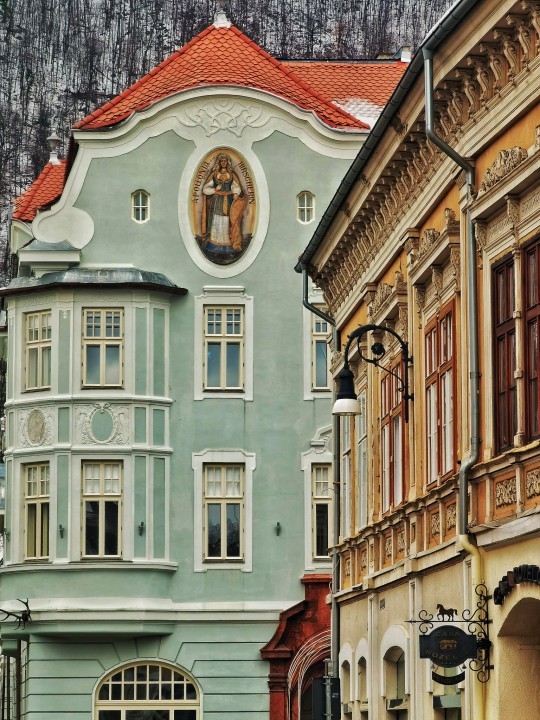
Brașov part VI - the painting
#romanisme#romania#brasov#building facade#architecture#mural#wall murals#visit romania#winter#mountains#street photography#colourful#travel photography
22 notes
·
View notes
Text
WALLNOVA ALUMINUM PERFORATED PANELS ARE VERY POPULAR
Aluminum triangle panel is the most common styling panel.The bend is the important for triangle aluminum panel. Besides, many projects Request laser punching.
The shape of the hole is depend on the customers. We have done triangle hole, round hole, Slotted hole, Bulge hole, Louver hole, Diamond hole, Hexagonal hole, Square hole, Cross hole etc.

The bending after punching is a great test of technique. We focus on details. We will repeatedly confirm and test the bending angle for each bend.
Different holes exhibit different effects and usage locations. For architectural facade, round hole and square hole are more common.
Triangular holes usually showcase a sense of fashion that combines design and technology. We can see many aluminum perforated triangle panels are used to decorate the building facade.


0 notes